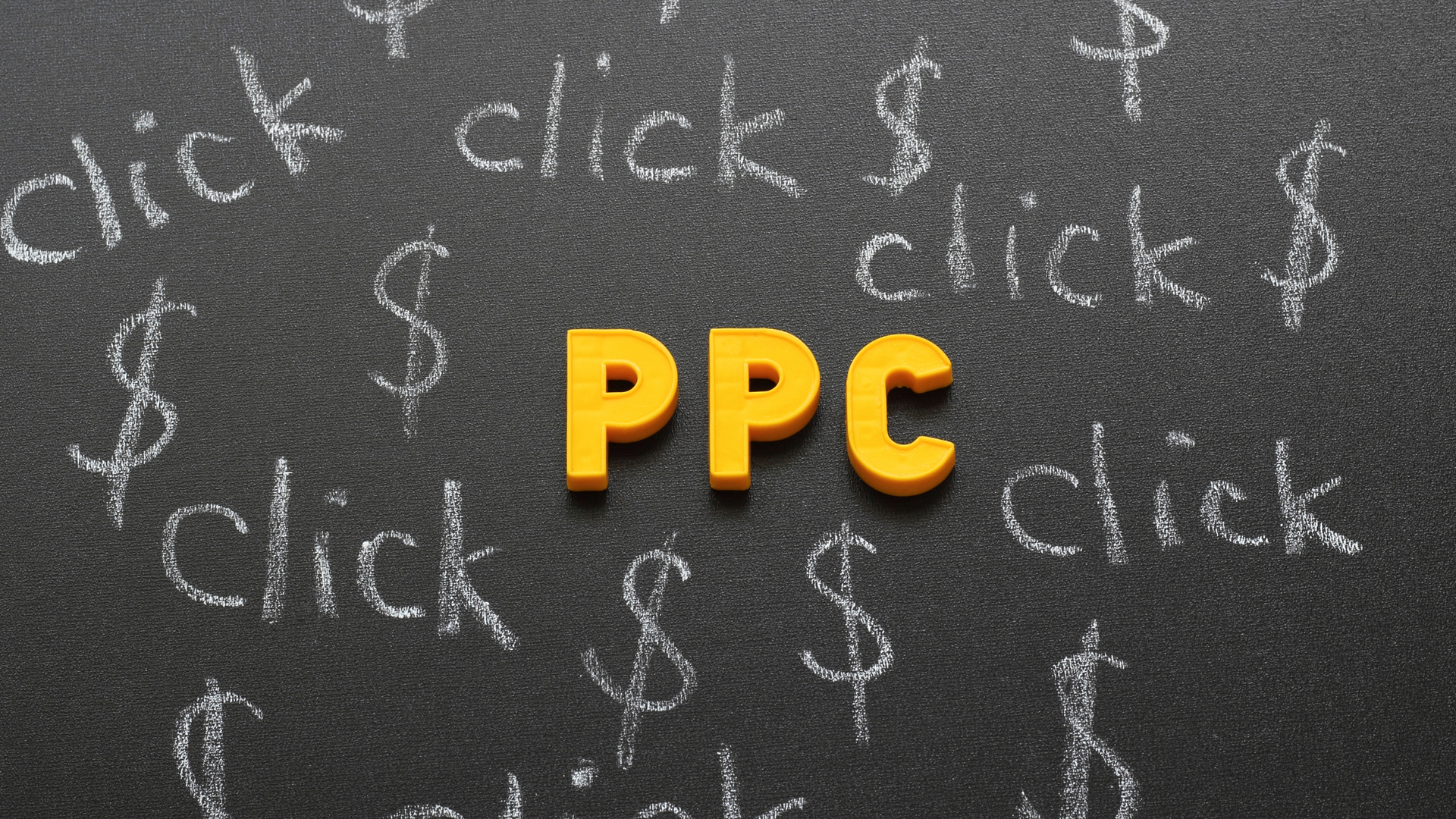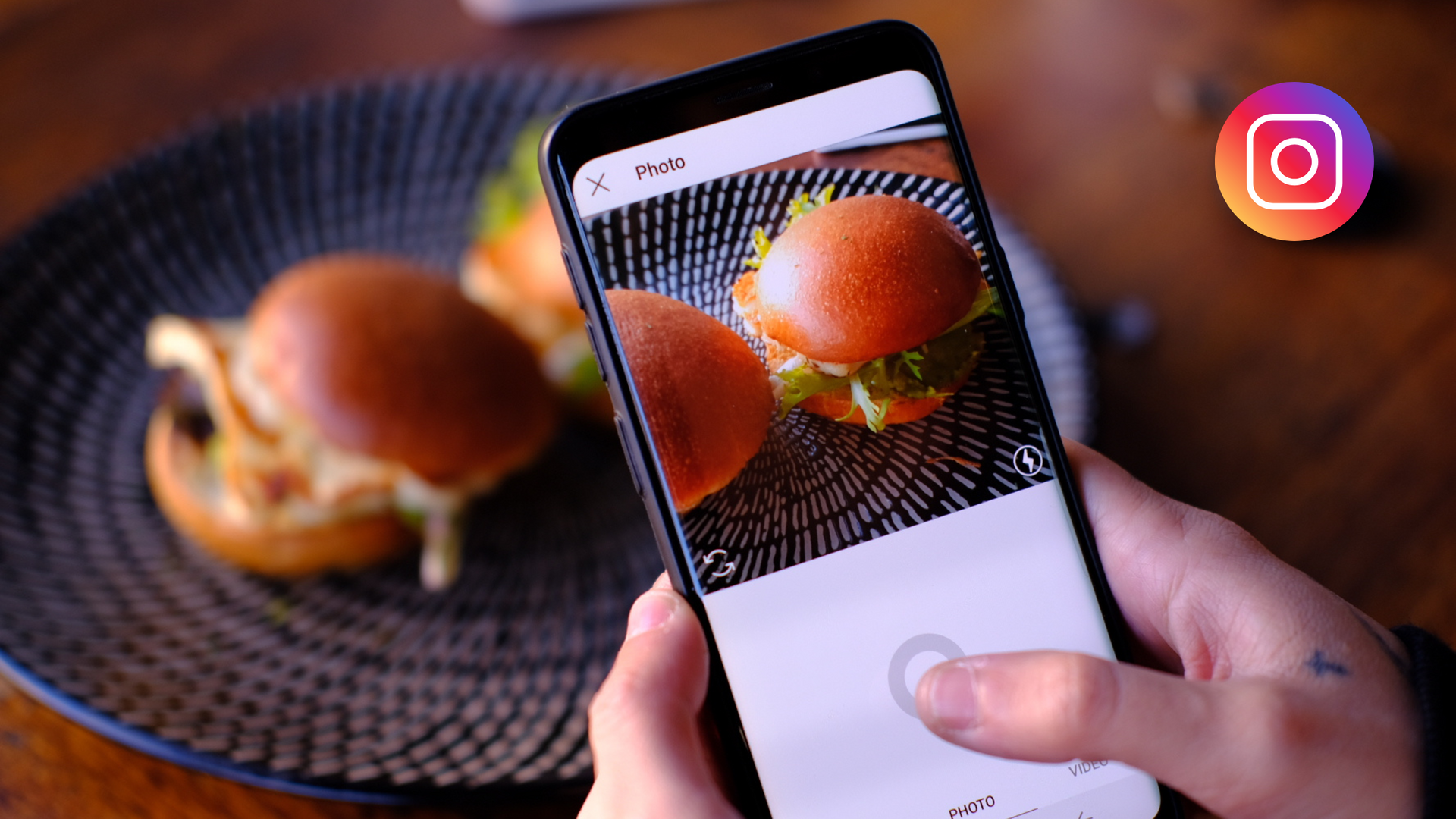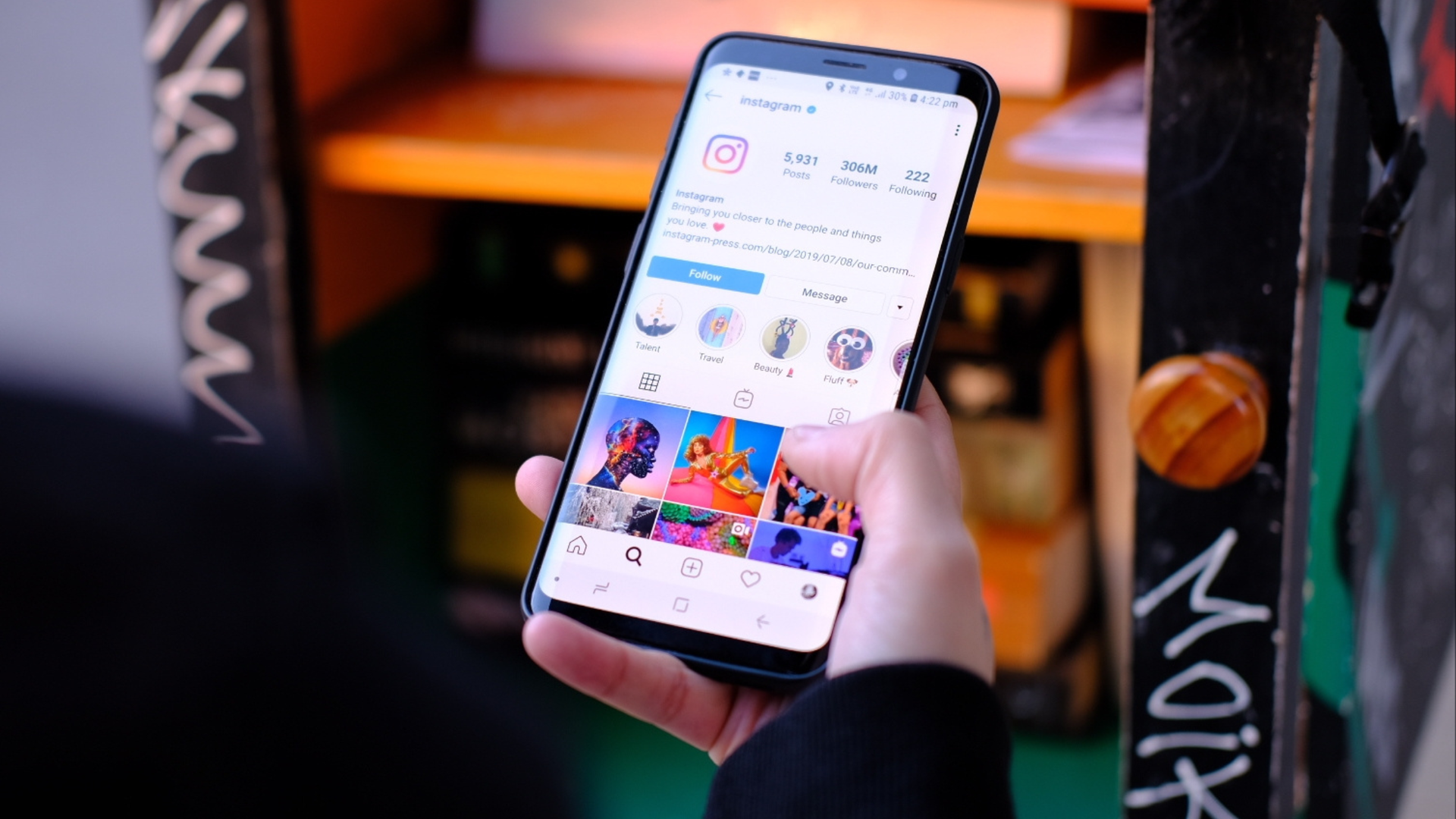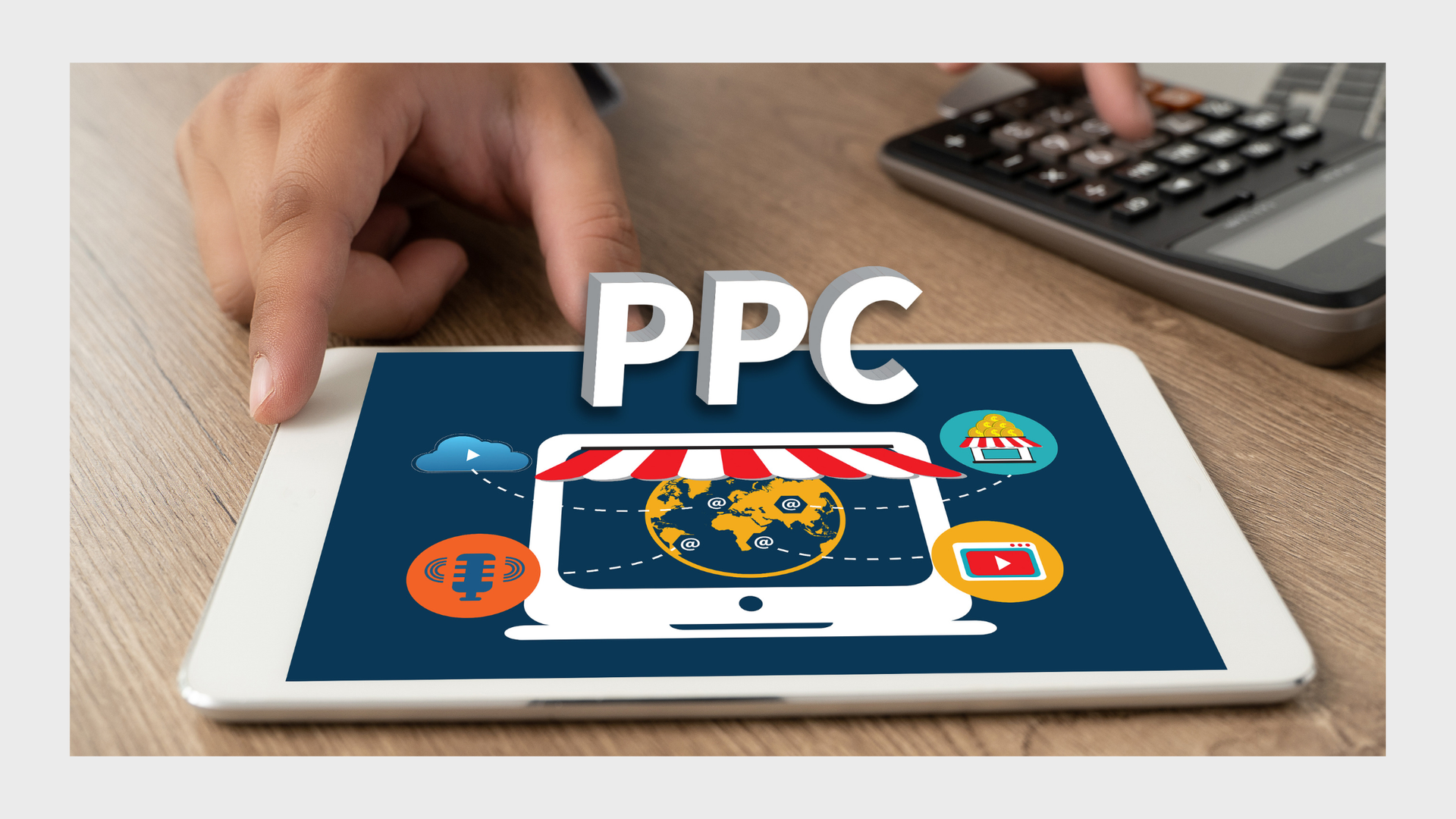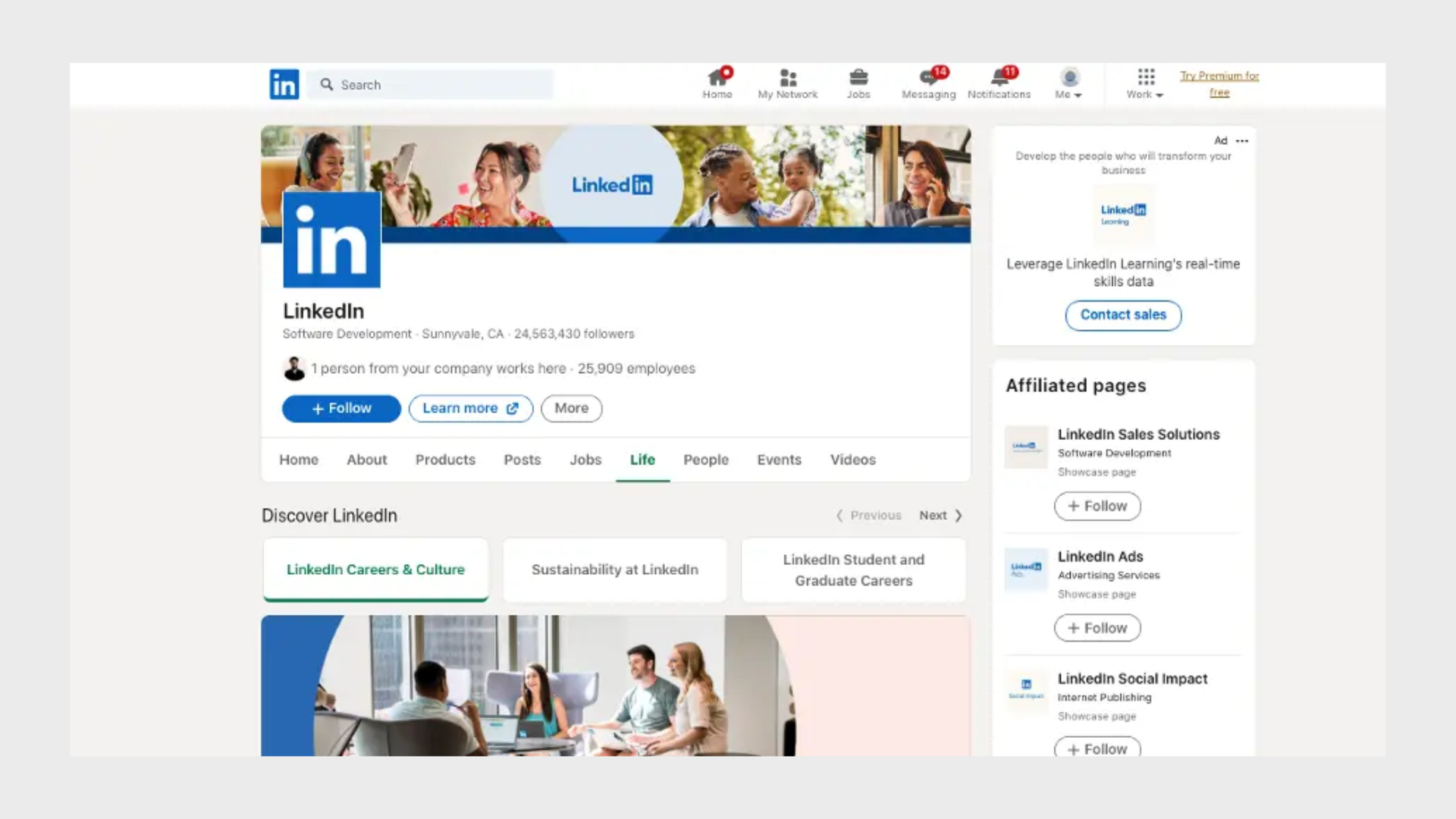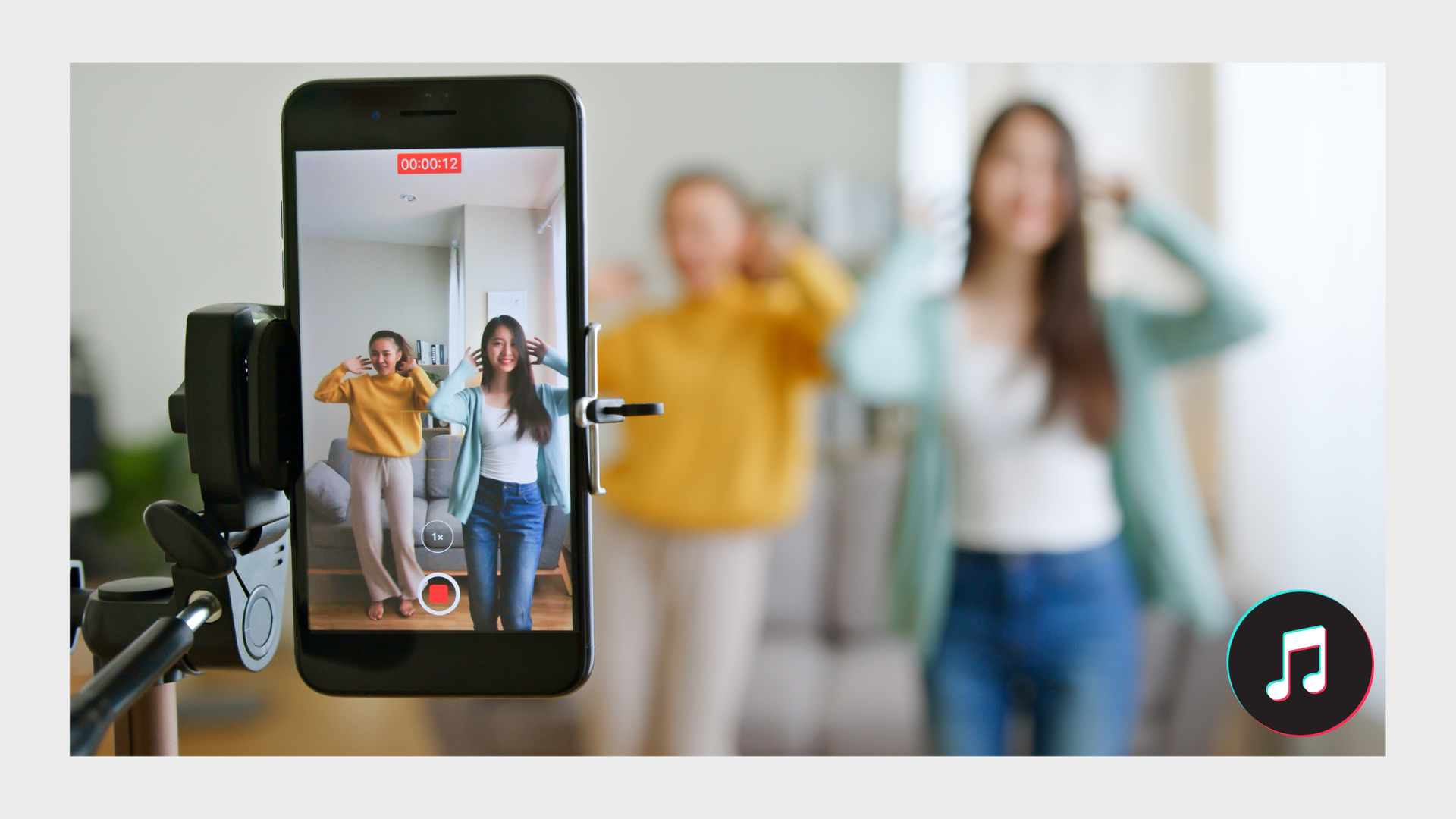What Is the Best Time to Post on TikTok? A Comprehensive Guide for 2025
We've analysed millions of TikTok posts to uncover the precise answer to one of the most common questions we receive: what is the best time to post on TikTok? Through our extensive research and data analysis, we've discovered that the answer lies in understanding both universal trends and your specific audience's behaviour.
Understanding TikTok's Unique Environment
With over 1.5 billion active TikTok users worldwide, the platform has revolutionised how we consume short-form videos. Unlike other
social media platforms, TikTok's algorithm creates an endless stream of content tailored to each user's interests, making the posting time particularly crucial for maximum engagement.

The Best Times to Post on TikTok: Our Research Findings
Our analysis of TikTok data reveals that optimal posting times vary throughout the week. Here's our comprehensive breakdown of when to post on TikTok for maximum reach:
Monday through Friday
- Monday: 6 AM, 10 AM, and 10 PM (GMT)
- Tuesday: 2 AM, 4 AM, and 9 PM (GMT)
- Wednesday: 7 AM, 8 AM, and 11 PM (GMT)
- Thursday: 9 AM, 12 PM, and 7 PM (GMT)
- Friday: 5 AM, 1 PM, and 3 PM (GMT)
Weekend Posts
- Saturday: 11 AM, 7 PM, and 8 PM (GMT)
- Sunday: 7 AM, 8 AM, and 4 PM (GMT)
These time slots consistently show higher engagement rates across different types of TikTok content. However, it's essential to note that these are general guidelines, and your specific target audience might be active at different times.

Why Timing Matters on TikTok
TikTok's algorithm heavily weighs the initial performance of your content when deciding whether to promote it further. When you post your TikTok videos during peak times, you're more likely to achieve:
- Higher average watch time
- Increased engagement rates
- Better visibility on the For You Page
- Maximum reach among your target audience
- Improved performance metrics overall
Managing Multiple Time Zones
For businesses with a global audience, coordinating posting times can be challenging. Here's how we recommend handling multiple time zones:
- Use TikTok analytics to identify where your audience is primarily located
- Focus on the time zones where you have the most follower activity
- Schedule content for optimal posting times in each major region
- Leverage data from your TikTok business account to continuously track performance
How to Find Your Optimal Posting Times
Analyse Your TikTok Analytics
If you have a TikTok business account, you can access valuable insights through TikTok Studio. Here's how to leverage data effectively:
- Navigate to your TikTok analytics
- Visit the Followers tab
- Review the active times of your audience
- Track your best-performing content
- Note patterns in high-performing content
Create a Strategic Posting Schedule
Based on your TikTok data analysis, develop a posting schedule that:
- Aligns with your audience's location
- Accounts for different time zones
- Maintains consistency in posting
- Allows for testing different time slots
- Accommodates your own schedule
Tools for Managing Your TikTok Posting Times
As social media managers ourselves, we understand the importance of using the right creator tools. A reliable social media management tool can help you:
- Schedule posts automatically
- Maintain posting consistency
- Track engagement rates
- Analyse performance metrics
- Manage account activity efficiently
Best Practices for TikTok Posting Success
Post Regularly
Consistency is key on TikTok. We recommend posting 1-3 times daily, focusing on quality content during your identified peak times.
Track Performance
Continuously track your TikTok engagement to:
- Identify trends in performance
- Understand audience behaviour
- Optimise posting times
- Generate fresh ideas
- Improve content strategy
Test and Adjust
Don't be afraid to experiment with different posting times. TikTok's algorithm and your audience's behaviour may change, requiring adjustments to your posting schedule.
Common Questions About TikTok Posting Times
How Often Should I Post on TikTok?
While posting consistently is crucial, we recommend focusing on quality over quantity. Start with one post per day during your identified optimal times, then adjust based on performance.
Does Time Zone Matter for TikTok Posts?
Yes, significantly. Your target audience's location should guide your posting schedule, especially if you're managing a TikTok business account across multiple time zones.
What About Weekend Posts?
Our data suggests that weekend posts can perform well, particularly during early evening hours. However, engagement patterns often differ from weekday content.
How Do I Know If My Posting Time Is Working?
Monitor these key metrics through your TikTok analytics:
- View counts
- Engagement rates
- Average watch time
- Follower growth
- Comment Activity
Seasonal Considerations for TikTok Posting
Different seasons can affect your audience's behaviour and optimal posting times. Consider:
Holiday Seasons
- Adjust posting times during major holidays
- Account for changes in user activity
- Plan content around seasonal events
- Monitor performance during special periods
School Terms
If your specific target audience includes students:
- Modify schedules during term times
- Adjust for holiday periods
- Consider homework hours
- Account for weekend variations
Maximising Your TikTok Strategy
Beyond posting times, success on TikTok requires:
Quality Content Creation
- Focus on engaging, original content
- Follow TikTok trends appropriately
- Maintain brand consistency
- Provide valuable insights to your audience
Community Engagement
- Respond to comments promptly
- Engage with your community
- Build relationships with followers
- Create interactive content
Performance Analysis
- Regular review of TikTok data
- Adjustment of strategy based on metrics
- Testing of new approaches
- Continuous optimisation
Looking Ahead: TikTok Posting in 2025
As TikTok continues to evolve, we anticipate changes in optimal posting times and user behaviour. Stay ahead by:
- Keeping up with TikTok's algorithm updates
- Monitoring changes in audience behaviour
- Adapting to new features and tools
- Maintaining flexibility in your posting schedule
Conclusion
While the question "What is the best time to post on TikTok?" doesn't have a one-size-fits-all answer, our research provides a solid foundation for creating an effective posting strategy. The key to success lies in combining these general guidelines with your own TikTok data and consistently monitoring performance.
Remember that optimal posting times are just one piece of the puzzle. Creating engaging content, understanding your specific audience, and maintaining consistent activity on the platform are equally important for TikTok's success.
Want to learn more about maximising your TikTok presence? Contact us at Social Media Time for personalised guidance and advanced analytics tools to help you achieve your social media goals.
Frequently Asked Questions About TikTok Posting Times
Does posting time really matter on TikTok?
Yes, posting time significantly impacts your content's initial performance. When you post during active hours, your video has a better chance of gaining early engagement, which signals TikTok's algorithm to show your content to more viewers. Think of it like launching a boat during high tide – you'll have a much easier time getting momentum when the conditions are right.
How do I know if my followers are in different time zones?
Check your TikTok analytics under the Followers tab to see a geographical breakdown of your audience. The data shows where your followers are located and when they're most active. For instance, if you notice 40% of your audience is in London and 30% in New York, you'll want to find posting times that work for both time zones – typically early afternoon GMT, which catches the London afternoon crowd and the New York morning viewers.
Should I post at the same time every day?
While consistency helps build audience expectations, we recommend varying your posting times strategically. Test different time slots within your peak activity windows to find what works best. For example, if your analytics show high activity between 6-8 PM, try posting at 6 PM for a week, then 7 PM the next week, and compare results.
How many times per day should I post on TikTok?
For most accounts, posting 1-2 times per day during peak hours is optimal. Quality beats quantity—it's better to share one well-timed, high-quality video than multiple rushed posts at random times. Remember, every video you post should provide value to your audience, whether that's entertainment, education, or inspiration.
What's more important—posting time or content quality?
While timing is important, content quality always comes first. A great video posted at a less-than-optimal time will typically outperform poor content posted at the perfect time. Think of timing as the cherry on top—it enhances your already great content but can't make up for lack of quality. Focus on creating engaging content first, then optimise your posting schedule to maximise its reach.
